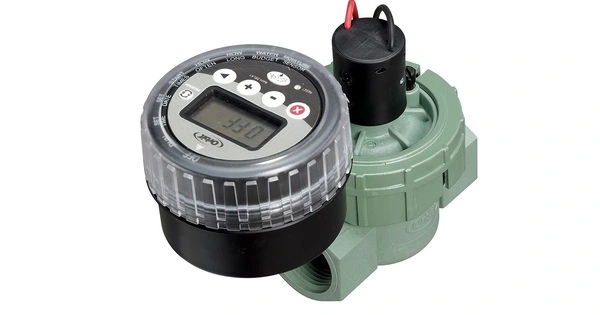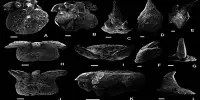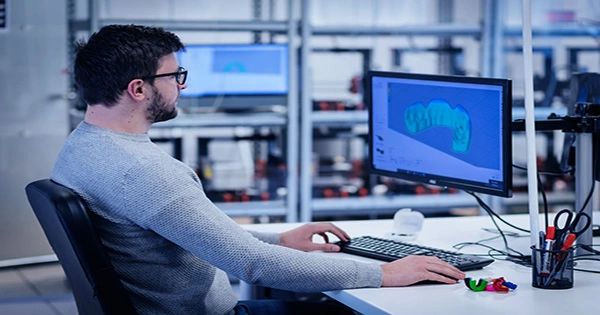An irrigation controller, often called a sprinkler controller or a timer, is a device that automates and manages the watering of plants, lawns, and crops in agricultural, residential, and commercial settings. It is a gadget that controls autonomous irrigation systems including lawn sprinklers and drip irrigation.
An irrigation controller’s major function is to schedule and control the timing, duration, and frequency of watering, ensuring that plants receive enough water to grow optimally. Most controllers allow you to adjust the frequency of irrigation, start time, and length of watering. Some controllers include extra capabilities such as various programs to allow for varying watering frequency for different types of plants, rain delay settings, input terminals for sensors such as rain and freeze sensors, soil moisture sensors, weather data, remote operation, and more.
Key features and components of an irrigation controller include:
- Programming Interface: Most controllers have a user-friendly interface that allows users to set and program irrigation schedules. This can include start times, watering duration, and specific days of the week.
- Zones or Stations: Irrigation systems are often divided into zones or stations based on the specific watering needs of different areas. The controller can independently control each zone, allowing for customized irrigation based on plant types, soil conditions, or sun exposure.
- Watering Schedules: Users can program the controller to activate watering at specific times and days. Some advanced controllers may offer flexible scheduling options, taking into account factors like weather conditions, soil moisture levels, or seasonal adjustments.
- Rain Sensors: Many modern controllers are equipped with rain sensors that can automatically suspend watering when sufficient rainfall occurs. This helps prevent overwatering and promotes water conservation.
- Weather-Based Adjustments: Some advanced controllers can connect to weather stations or online weather services to adjust irrigation schedules based on current weather conditions, such as temperature, humidity, and precipitation.
- Smart Home Integration: Many newer irrigation controllers are designed to integrate with smart home systems. This allows users to control and monitor their irrigation system remotely using smartphone apps or voice commands.
- Flow Sensors: Flow sensors can be installed in the irrigation system to detect anomalies, leaks, or excessive water usage. The controller can then respond by shutting off the system or sending alerts to the user.
Types
There are two types of controllers: electric and hydraulic. Most automatic irrigation valves are diaphragm valves, which require the water above the diaphragm to be evacuated before the valve can be opened. In a hydraulic system, the controller and valves are connected by little plastic tubes of 4 mm (¼ in) in diameter. The controller opens the tube leading to the valve, allowing it to open.
Most contemporary systems use electromechanical or electronic controllers. In this setup, the controller is linked to an electrical circuit that powers a solenoid attached to each valve (solenoids). When the solenoid is activated, the water above the diaphragm is released, and the valve opens. When selecting an irrigation controller, consider the landscape’s specific needs, the size of the area to be irrigated, and any special features required for efficient water management.
















